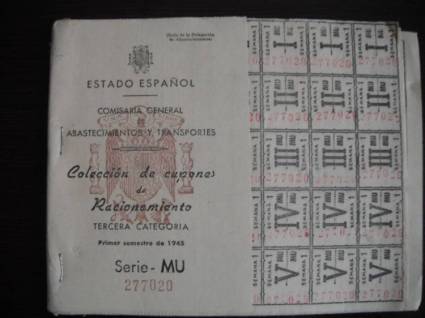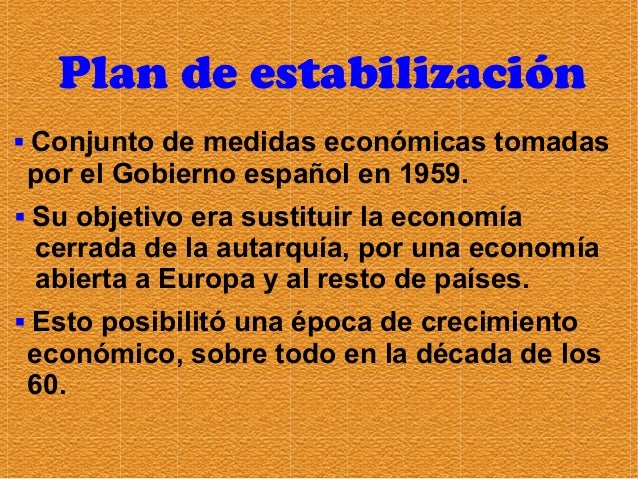1.1 The new international order
In 1991, the bipolar order marked by the division of the world
into blocs disappeared and a new unipolar order began in which
the __________became the only global superpower.
But since the beginning of the 21st century, and especially
since the __________ crisis of 2008, the world has been moving
towards multipolarity or collective decision-making.
The causes that have driven multipolarity are several:
➜ Opposition to American_____________.
➜ The influence that other traditional powers like _______ and
the European Union maintain and the economic surge of new
emerging groups like the BRICS and TICKS, which are claiming
greater power in global decisions
➜ The importance of the __________ countries.
1.2 The global system of states and their conflicts
In the world today, countries are grouped into large regions of
similar political, economic, social and cultural traits.
These regions are the traditional ______of power –the US,
Japan and the EU; Southeast Asia– where the emerging powers
China and _______stand out; Russia and the republics of central
Asia; the ________Arab world; Latin America; and Sub-Saharan
Africa.
Relations between the global _________are not egalitarian,
as significant differences in power and influence exist between
them. As a result, since the end of the Cold______, international
areas of tension and conflict have multiplied.The main areas of
tension are located in Africa, the Middle East and Southeast Asia.
The most frequent international conflicts today are those where
two or more neighbouring countries are in opposition;
this is the case with India and ______, the two Koreas, and the
Arab countries and Israel. Civil wars, or confrontations between
members of the same society, also abound.
The causes of these conflicts can be quite diverse:
➜________. This group includes territorial conflicts,
that is, over borders or the desire to control territories
considered__________; nationalistic disputes over
certain territories’ desire for autonomy or independence; and
those that are the consequence of political regime changes and
the _______for liberties.
➜ Economic. The most frequent are over control
of resources (water, land, oil) or minerals (diamonds, uranium,
coltan).
➜ Other causes of conflict are______, motivated by
confrontations between racial groups, and religious, if different
religions (Christianity and Islam) or different denominations of the
same religion (Shiites and Sunnis) clash.
BRICS is the acronymcoined to associate five major emerging economies: Brazil, Russia, India, China, and South Africa. The BRICS members are known for their
bipolar, multipolarity order.
2. What causes have driven multipolarity?
3. Guess the countries of emerging countries TICKS
4. Define emerging country and give examples.
5. Where is the areas of main tension?
6. What is cause of the most international frequent conflict? Give an example.
7. Describe the political causes.
8. What is the most economic frequent conflict?
9. Can you describe other cause of conflicts?







